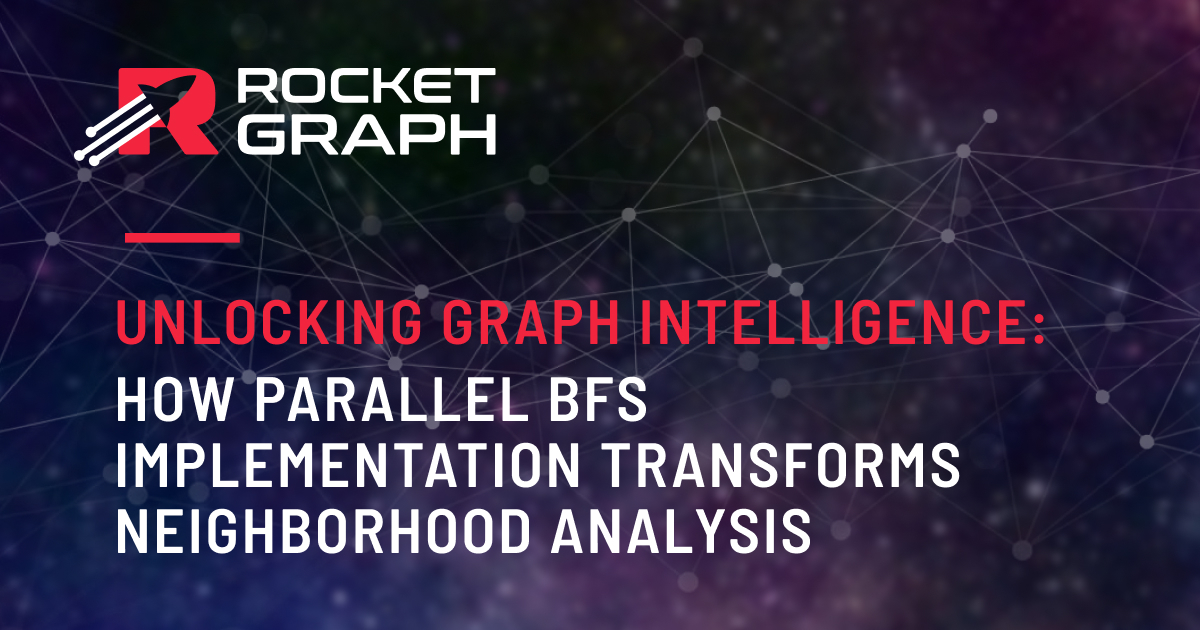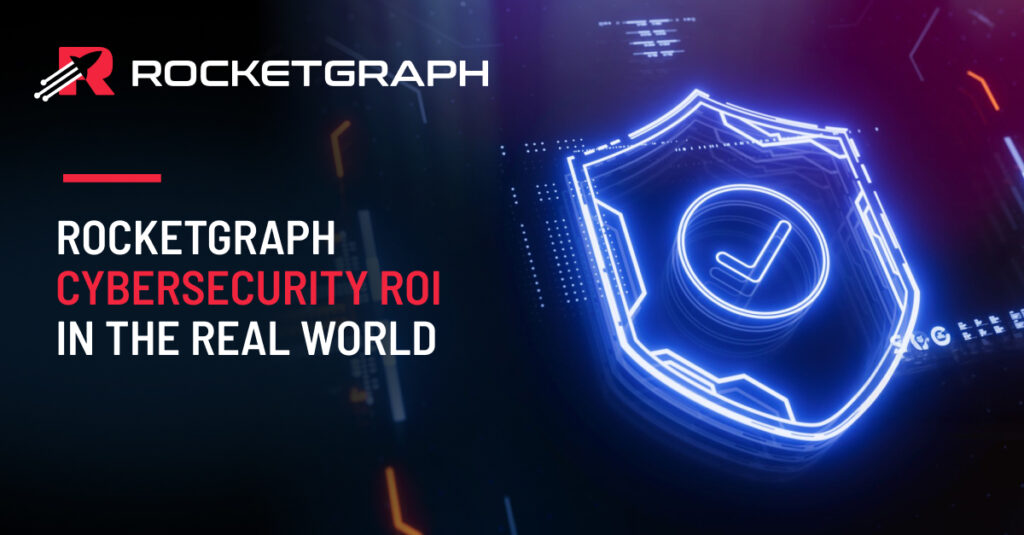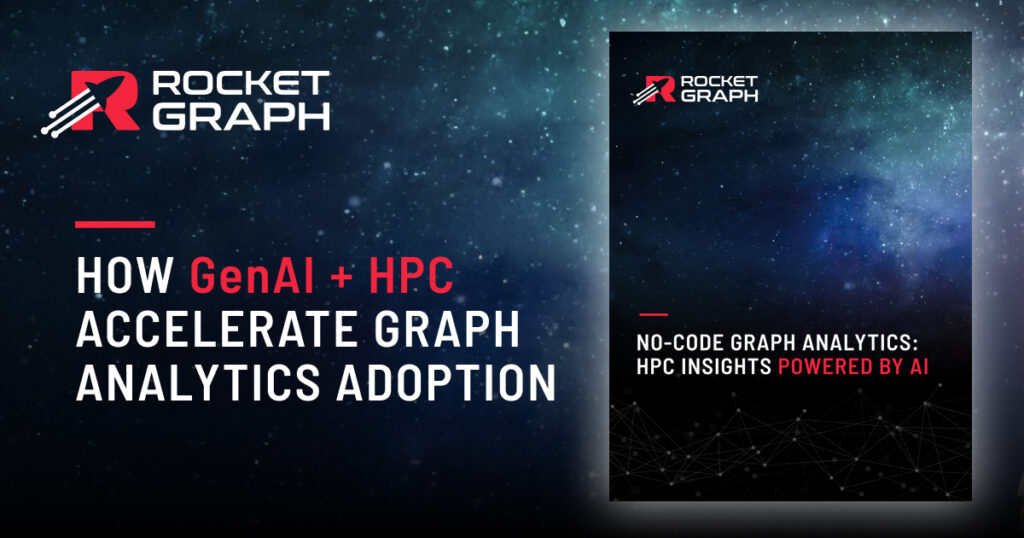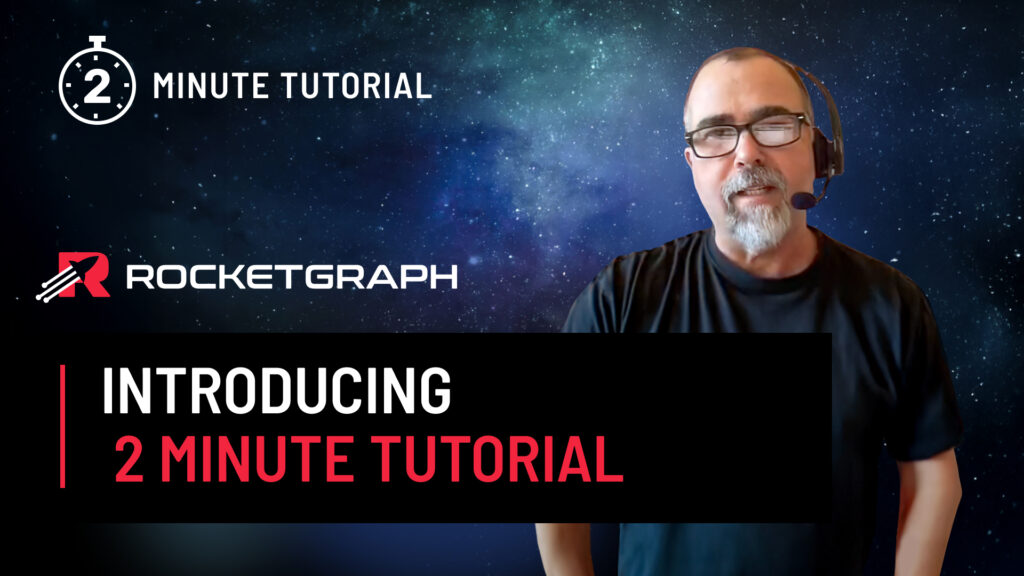In the world of graph analytics, the ability to efficiently explore and extract meaningful subsets of data can make the difference between actionable insights and overwhelming complexity. At Rocketgraph, we’ve engineered a high-performance implementation of Breadth-First Search (BFS) that not only leverages the algorithm’s inherent parallelism but also empowers analysts to focus their investigations on precisely the data that matters most.
The Power of Breadth-First Search in Graph Analytics
Breadth-First Search (BFS) is one of the fundamental graph traversal algorithms, but its utility extends far beyond simple pathfinding. BFS explores a graph level by level, visiting all vertices at distance 1 from the source, then all vertices at distance 2, and so on. This systematic approach makes it particularly valuable for analyzing relationships and discovering patterns within specific neighborhoods of a graph.
What makes BFS especially compelling for modern graph analytics is its inherent parallelism. Unlike depth-first approaches that must follow a single path, BFS can process multiple vertices simultaneously at each level. This natural parallelism aligns perfectly with modern multi-core processors and distributed computing environments, making it an ideal candidate for high-performance implementations.
Rocketgraph’s Parallel BFS: Built for Scale
Rocketgraph’s implementation of BFS takes full advantage of this algorithmic parallelism through sophisticated engineering that maximizes throughput while maintaining the correctness guarantees that analysts depend on. Our parallel BFS implementation distributes the workload across multiple threads, processing vertices at each level concurrently while carefully managing synchronization to ensure accurate results.
The benefits of this parallel approach become immediately apparent when working with large-scale graphs. Where traditional sequential implementations might struggle with graphs containing millions of vertices and edges, Rocketgraph’s parallel BFS maintains responsive performance for graphs containing billions of vertices and edges, enabling real-time exploration and analysis. This performance advantage isn’t just about speed—it’s about enabling new types of analysis that would be impractical with slower implementations.
Neighborhood Extraction: Focusing Analysis Where It Matters
One of the most powerful applications of BFS in Rocketgraph is neighborhood extraction—the ability to identify and extract all vertices within a specified distance from a set of source vertices. This capability transforms how analysts approach complex graph problems by allowing them to focus on relevant subgraphs rather than wrestling with entire datasets.
Consider a fraud detection scenario in a financial network. Instead of analyzing millions of transactions across the entire system, an analyst can use BFS to extract the 2-hop or 3-hop neighborhood around suspicious accounts. This focused approach reveals the immediate network of related entities—the accounts, transactions, and patterns that are most likely to contain evidence of fraudulent activity.
The Analyst’s Advantage: Why Neighborhood Analysis Matters
For data analysts and researchers, the ability to extract meaningful neighborhoods provides several critical advantages:
Reduced Complexity: By focusing on neighborhoods rather than entire graphs, analysts can work with datasets that are orders of magnitude smaller, making visualization, pattern recognition, and statistical analysis more manageable and meaningful.
Faster Iteration: Smaller subgraphs mean faster query execution, enabling analysts to iterate quickly through different hypotheses and analytical approaches. This speed is crucial during investigative work where time-to-insight directly impacts outcomes.
Enhanced Visualization: Modern graph visualization tools can effectively display hundreds or thousands of vertices, but struggle with millions. Neighborhood extraction ensures that visualizations remain interpretable and actionable rather than becoming overwhelming hairballs of connectivity.
Targeted Feature Engineering: Machine learning workflows often require feature extraction from graph structures. Working with focused neighborhoods allows for more sophisticated feature engineering without the computational overhead of processing entire graphs.
Contextual Understanding: Neighborhoods preserve the local structure around points of interest, maintaining the relational context that makes graph analysis valuable while eliminating distant, irrelevant connections.
Parallel Processing: The User Experience Advantage
The performance benefits of Rocketgraph’s parallel BFS implementation translate directly into improved user experiences. When analysts can execute neighborhood queries in seconds rather than minutes or hours, they can maintain their analytical flow and explore multiple hypotheses without interruption.
This responsiveness is particularly valuable in interactive analytical workflows. Whether building dashboards, conducting ad-hoc investigations, or developing machine learning models, the ability to quickly extract and analyze neighborhoods enables a more exploratory and iterative approach to graph analytics.
Furthermore, the parallel implementation ensures that performance scales naturally with hardware capabilities. As organizations invest in more powerful servers or migrate to cloud environments with greater parallelism, Rocketgraph’s BFS implementation automatically takes advantage of additional resources without requiring changes to queries or analytical workflows.
Cypher Integration: Making BFS Accessible
Rocketgraph’s BFS capabilities are seamlessly integrated into our Cypher query language support, making powerful graph algorithms accessible through familiar, declarative syntax. Analysts can specify neighborhood extraction queries using intuitive patterns, while the underlying parallel BFS implementation handles the computational complexity.
This integration means that the sophisticated parallel processing capabilities operate transparently, allowing analysts to focus on their analytical objectives rather than algorithmic implementation details. The result is a platform that combines the power of advanced graph algorithms with the accessibility that modern analytical workflows demand.
Conclusion: The Future of Graph Analytics
As graph datasets continue to grow in size and complexity, the ability to efficiently extract and analyze meaningful subsets becomes increasingly critical. Rocketgraph’s parallel BFS implementation represents a significant step forward in making large-scale graph analytics both practical and performant.
By combining algorithmic sophistication with user-focused design, we’re enabling analysts to tackle complex problems with confidence, knowing that the underlying platform can deliver the performance and accuracy their work demands. Whether investigating fraud networks, analyzing social connections, or exploring biological pathways, Rocketgraph’s BFS capabilities provide the foundation for insights that drive real-world impact.
The future of graph analytics lies not just in handling larger datasets, but in enabling analysts to work more effectively with the data that matters most. Through intelligent neighborhood extraction and parallel processing, Rocketgraph is helping to unlock that future today.




